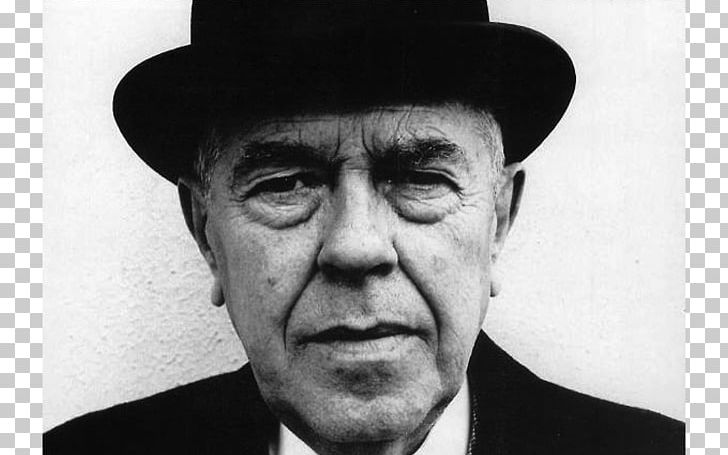
A number of European and Russian photographers were influenced by Surrealism, but none except Man Ray were on the “inside” of the Parisian movement led by André Breton. An exploration of this phenomenon by Roegiers would have been welcome. Surprisingly, photography’s role within the Surrealist movement was not a central one, although the tools of the medium would seem to be so well suited to Surrealism’s agenda. He toyed with multiples on his canvases and with stereographic compositions, making unique paintings that undermined the very notion of “uniqueness.” Moreover, photography, with its capacity for infinite repetition, calls into question the possibility and value of uniqueness in a work of art surely, Magritte was responding at least in part to this when he took up his inquiry into the nature of art pas une pipe). His precise paintings of people seen from behind, of shadows and suits without faces, seem to challenge the concepts of seeing and knowing on a fundamental level. Photographs could document falsehoods, the artist felt, but could not depict “certainties” of the imagination. Here was photography, a medium that recorded objects and people with infallible precision, and yet was, in Magritte’s opinion, incapable of uncovering their true identities (if, indeed, such a thing existed).


Roegiers would have done well to go further along these lines. Roegiers describes photographic qualities in selected paintings, and points out that Magritte photographed certain canvases-playing with proportion and framing and including bystanders as he moved from one medium to the other. While such photographs provide an interesting record of Magritte’s life and circle in Belgium, they shed no great light on his art.Īlthough Magritte had little interest in the medium aesthetically or technically (he did not print or process his own film), photography was very much in the air as he was exploring his distinct brand of Surrealism, and it raised issues relevant to his artistic concerns.

The book begins with early Magritte family portraits and goes on to feature snapshots taken by the artist himself of friends-on the beach, on the street, in backyards-generally enjoying the lunacy of it all. This is an alluring notion, but any visual suggestion of such a link comes late in Roegiers’s volume. But Patrick Roegiers, in his book Magritte and Photography (D.A.P., 2005), proposes that photography also had a "hidden, internal link" to Magritte's paintings. René Magritte didn't take photography seriously it was, for him, chiefly a pastime, an excuse for staging absurd scenes with friends.


 0 kommentar(er)
0 kommentar(er)
